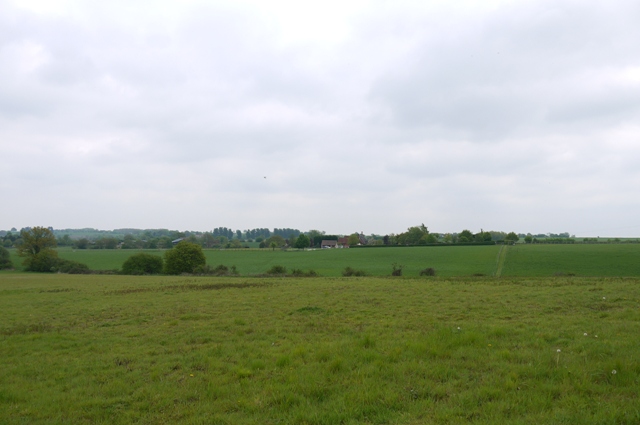Had a great day this Sunday exploring the Eastern Command Line between Bures and Sudbury, but started off the day by visisting the bent rail block and pillbox at Mount Bures. The Eastern Command Line in Essex ran from the River Colne to Wakes Colne, when it then followed the railway line to Bures and then from Bures it followed the River Stour to Sudbury into Suffolk.
Parking in Mount Bures the first pillbox I came across was a standard CRE 1094 - a bullet proof infantry pillbox with an open central well for a AA mount. It guards a bridge under the railway line.
Further along the path a remarkable survival exists (if a little overgrown!!) in the form of a pillbox complete with bent rail block and concrete tank blocks at a crossing point over the railway line. The bent rails block the crossing on the pillbox side while on the other side of the line, eight concrete blocks in two rows block the crossing. Either side of the block, the railway line is either in a cutting or on a raised embankment.
The pillbox is unusual in that it is for apparently for a medium machine gun and would appear to be of a unique design. The design is a regular hexagon shell proof pillbox with a main embrasure for a medium machine gun and five embrasures for a rifle/light machine gun. A table is provided for a machine gun tripod but unlike most I've seen before does not have supporting legs. The walls are 42" thick. The entrance is the usual low level covered entrance found on many pillboxes on the Command Line. It has a "T" shaped anti-ricochet wall. It is the only infantry pillbox built on the Command Line for a medium machine gun that I am aware of; all the other designs were for Bren light machine guns. So why was it decided to sight a medium machine gun at this point?
Parking in Mount Bures the first pillbox I came across was a standard CRE 1094 - a bullet proof infantry pillbox with an open central well for a AA mount. It guards a bridge under the railway line.
Above: CRE 1094 pillbox, Mount Bures
Further along the path a remarkable survival exists (if a little overgrown!!) in the form of a pillbox complete with bent rail block and concrete tank blocks at a crossing point over the railway line. The bent rails block the crossing on the pillbox side while on the other side of the line, eight concrete blocks in two rows block the crossing. Either side of the block, the railway line is either in a cutting or on a raised embankment.
Above: Sketch of blocks and pillbox covering a crossing at Mount Bures
Above: Interior and plan of a unique pillbox for a medium machine gun, Eastern Command Line - Essex
Above: Top image- the bent rail block - the pillbox can be seen hidden in the scrub to the right of the block.
Second image shows the rear of the pillbox - the bent rail block can be seen in the background.
Third image - the overgrown front of the pillbox.
Forth image - the pillbox would have had a wide field of fire
Bottom image- one of the light machine gun embrasures
Above: The concrete tank blocks. Note the blocks are covering a gap as to the left of the image it can be seen the railway runs through a cutting.
Moving onto nearby Bures, a Type 22 can be seen covering the bridge over the Stour, on the Essex side.
Next post will feature some of the pillboxes from Bures towards Sudbury.















Comments
Post a Comment